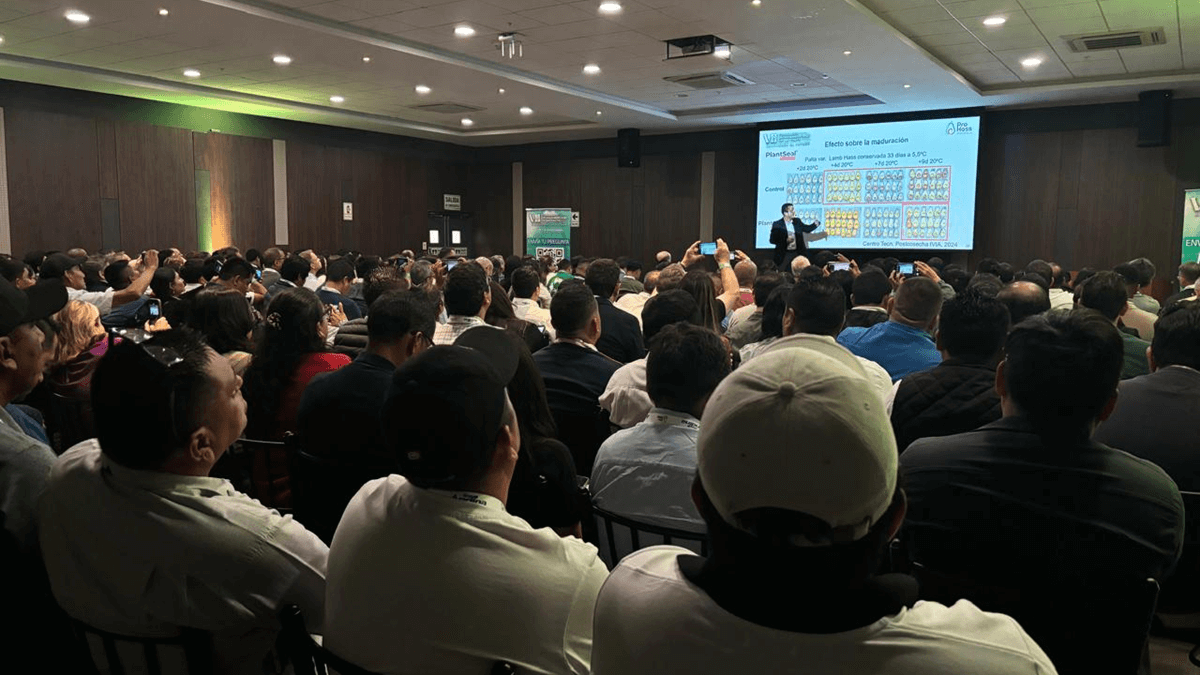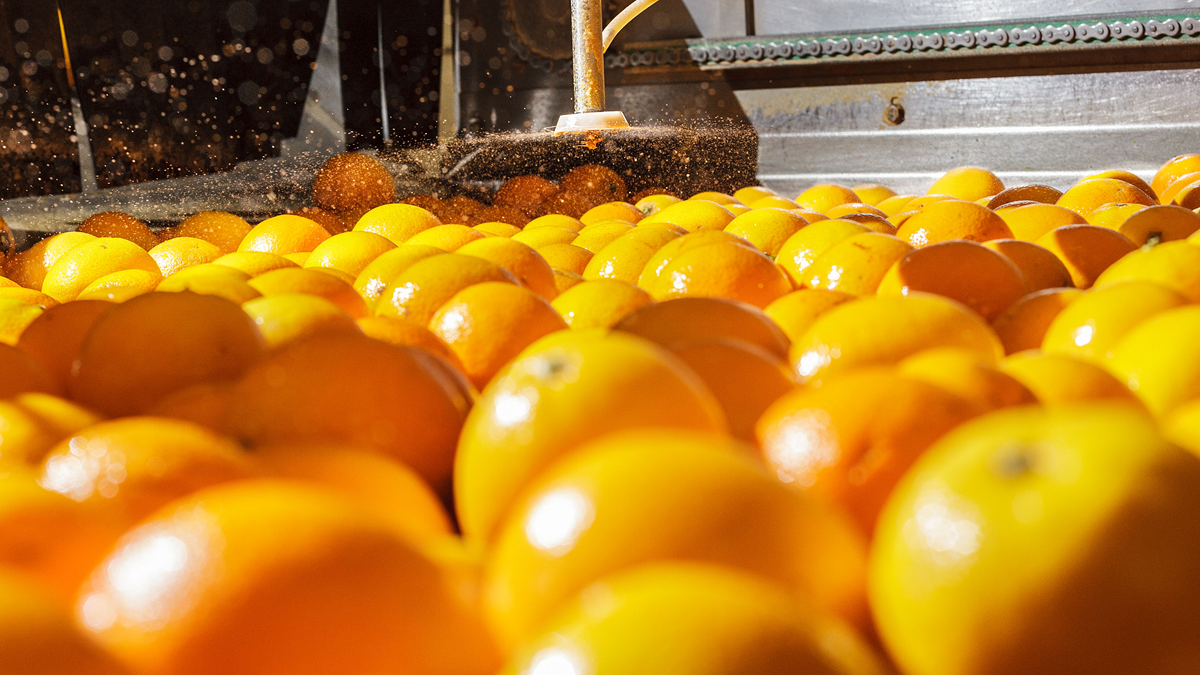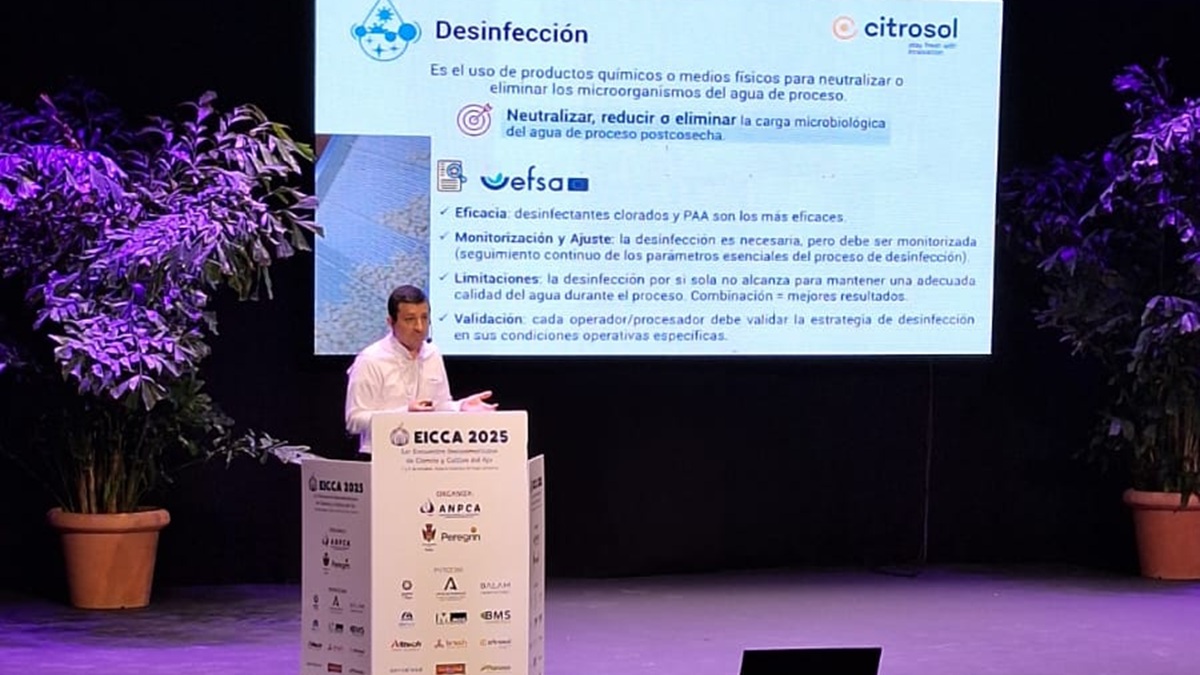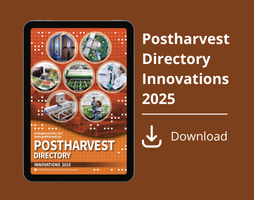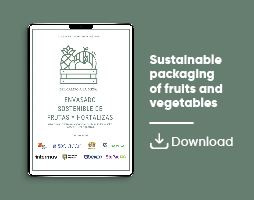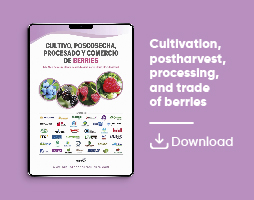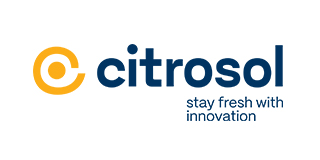

Citrosol
Phytosanitaries
Recommendations for proper cold storage of pears
Maximizing pear shelf life: Advanced post-harvest storage treatments
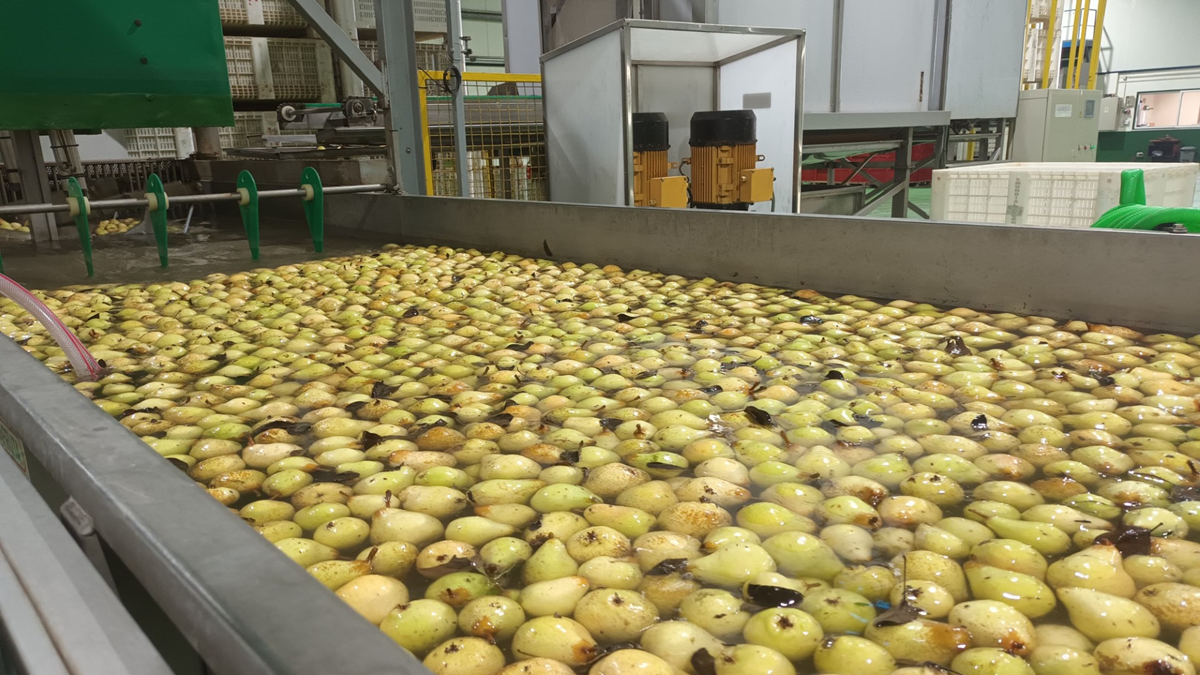
After harvesting, pears are kept for many months under different cold storage conditions. Their shelf life is compromised by the pear's own metabolism, which, once harvested, undergoes physiological changes that can lead to rapid senescence. Proper cold storage is therefore essential to maintain the quality of the fruit for as many months as possible, to stagger sales, and to ensure that the fruit reaches the market in the best possible condition.
The duration of cold storage depends on various factors such as the variety in question, pre-harvest factors, time of harvest, type of atmosphere used, and/or post-harvest treatments. In this regard, some varieties have better storage capacity than others. Similarly, it is clear that pre-harvest factors have a crucial effect on the subsequent preservation of pears. In recent years, we have also been witnessing a scenario of climate change in which extreme phenomena are becoming increasingly frequent, such as fruit on the tree suffering temperatures above 40ºC, or frosts, which cause persistent damage such as “tears” or “rings” in the fruit.
All of this obviously reduces the fruit's storage potential. It is equally important to adjust the harvest window to the optimal ripeness of the fruit. Harvesting too early can lead to ‘evergreen’ problems, and harvesting too late will significantly shorten the storage time.
With regard to the types of atmosphere during storage, it should be noted that optimal storage of pears requires precise control of the temperature and internal atmosphere of the chamber. To achieve this, temperatures of around 0-1°C are used and the concentration of O₂ is reduced while that of CO₂ is increased; all this is done to slow down the respiration of the fruit during storage and thus prevent senescence. Each variety must be handled under specific storage conditions in terms of temperature and O₂ and CO₂ concentrations. Today, a further step has been taken in this direction with dynamic controlled atmosphere (DCA), which uses physiological markers to dynamically and optimally adjust the composition of the atmosphere, improving on the results obtained with the “classic” and static controlled atmosphere (CA).
Finally, with regard to post-harvest treatments, ethylene production inhibitors are mainly used on the one hand, and fungicides, anti-fungal agents, and disinfectants on the other, to maintain the quality of pears throughout storage and subsequent marketing, ensuring they remain as fresh as when harvested and free from fungal diseases.
1-MCP is an inhibitor of ethylene action. Its mechanism of action consists of blocking ethylene receptors in the fruit, which prevents the ethylene hormone from binding and triggering the ripening and aging processes of the fruit. However, the variety in question and the ripeness of the fruit must be taken into account before application, as an incorrect dose can cause irreversible blockage in the post-harvest ripening of pears, causing them to lose their characteristic texture and flavor.
For several seasons now, Citrosol has been offering FYSIUM® for pear treatments in Spain and Portugal. FYSIUM® generates the 1-MCP molecule in situ, delivering the correct dose at the right time. The application is carried out from outside the chambers, without exposing the operator.
With regard to fungicide products, Citrosol offers liquid and fumigant solutions. Among the latter, FRUITFOG ® -PYR stands out, which is a pyrimethanil-based fumigant treatment applied at the beginning of cold storage of the fruit in the chamber to prevent and control rot. Pyrimethanil has a strong preventive and curative action against the main post-harvest fungal pathogens in pears (Penicillium expansum and Botrytis cinerea), as well as long-lasting residual activity, which gives the treated fruit excellent protection during prolonged storage, even preventing possible reinfection during subsequent post-harvest handling of the fruit. Furthermore, as FRUITFOG®-PYR is a fumigant treatment, it has the logistical advantage of not having to handle or wet the fruit (no wastewater is generated), and its application using an innovative electronic ignition system (e-Fog) is safe, easy, versatile and, once again, without operator exposure.
Citrosol also offers different solutions for drencher systems: Citropyr® 40 SC, a liquid fungicide for drencher systems based on pyrimethanil, and Greengard-Scald, a coating that improves the appearance of fruit and helps prevent scalding in pears.
Citrosol has also developed and markets the Citrocide Fresh-Fruit System, a robust system for monitoring and automatically controlling the disinfection of water in pear dumping ponds, which allows us to maintain the process water in good hygienic conditions by applying a peroxyacetic solution. This reduces the amount of inoculum in the water, preventing reinfection and therefore rot and scab at destination. In addition, we guarantee the food safety of the product and save water and energy, as the process water is kept in optimal conditions for longer, thereby achieving:
- Proven effectiveness in eliminating fruit reinfection
- Sustainable solution
- Control and monitoring
- Constant concentration of PAA
- Extended shelf life of fruit
- Food safety
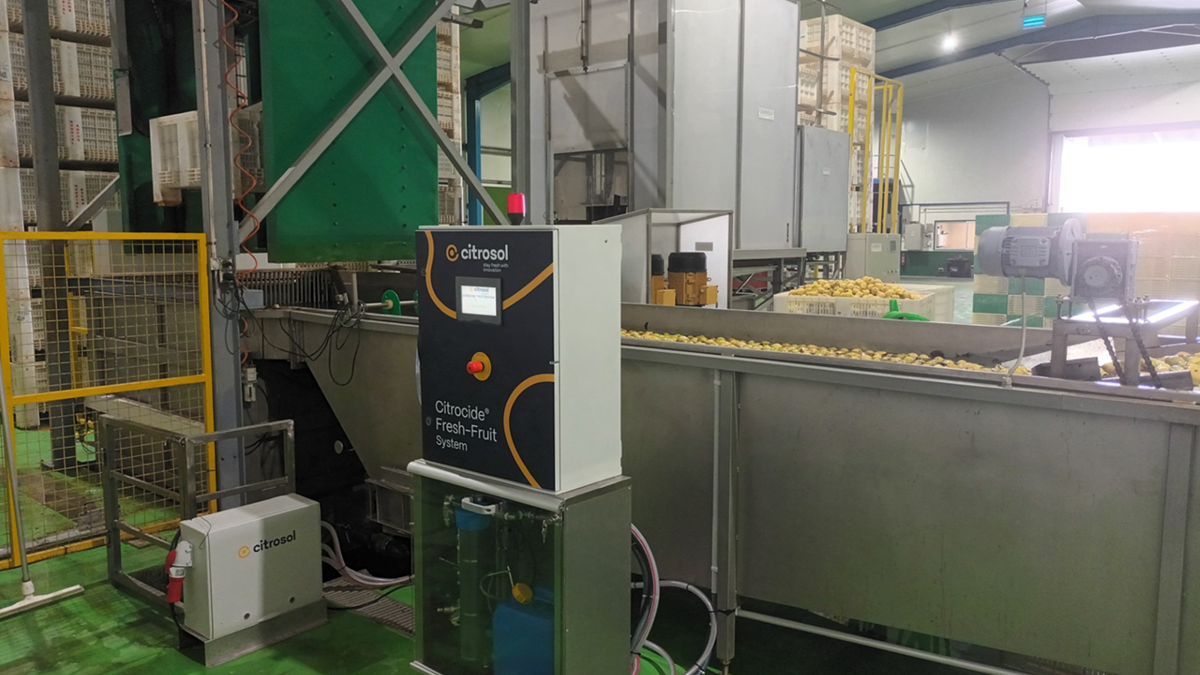
With this publication, Citrosol participates in the publication of the article Estrategias de conservación de la Pera Europea (Pyrus communis L.).


